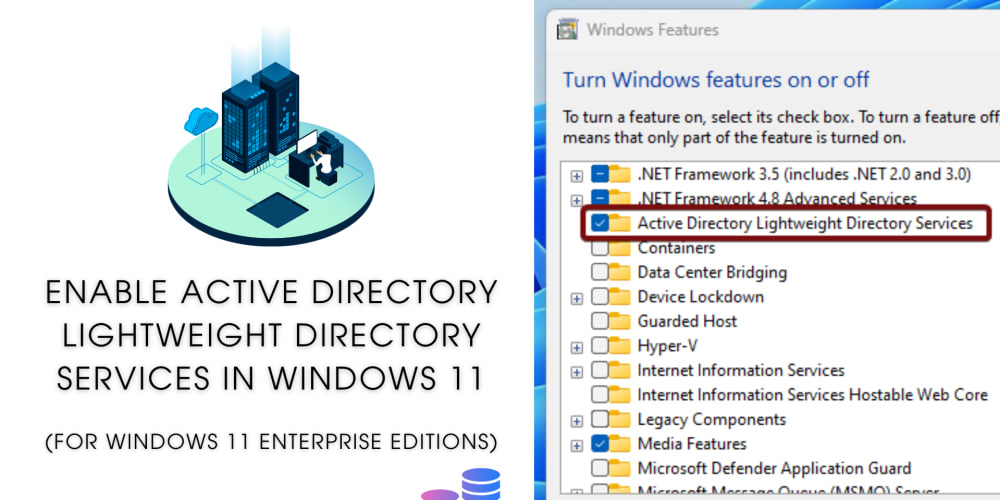In the world of online entertainment, finding the right balance between quality and accessibility on streaming sites can be a challenge. Whether you're a casual viewer or a binge-watching enthusiast, navigating the trade-offs between high-definition content and easy access to your favorite shows is a key part of the streaming experience. With popular platforms like PrimeWire offering vast libraries of movies and TV shows, understanding how to optimize both quality and accessibility is essential.
Understanding Quality in Streaming
Quality in streaming refers to the resolution, clarity, and overall viewing experience of the content. High-definition (HD) and ultra-high-definition (UHD) content offer superior visual and audio experiences, allowing viewers to immerse themselves in the cinematic world. However, streaming in high quality often requires a robust internet connection and sufficient data bandwidth. Without these, you might face issues like buffering, lagging, or even dropped connections.
The Importance of Accessibility
Accessibility, on the other hand, focuses on the ease with which users can access content. This includes factors like the speed of loading videos, availability of subtitles, and compatibility with various devices. Accessibility also extends to how well streaming services are available to users with different needs, such as those requiring closed captions or those accessing content in different languages.
The Trade-Off Between Quality and Accessibility
Balancing quality and accessibility often requires making trade-offs. For instance, opting for the highest video quality might mean facing longer buffering times or requiring a stronger internet connection. Conversely, ensuring accessibility by lowering the video quality to reduce load times or enable smoother streaming on slower connections can compromise the viewing experience.
Tips for Balancing Quality and Accessibility
Adjust Streaming Settings: Most streaming platforms, including PrimeWire, offer adjustable settings that allow users to select the quality of the content they stream. If you're experiencing buffering or slow load times, consider reducing the video quality to improve accessibility. Conversely, if you have a strong internet connection, you can enhance your viewing experience by selecting HD or UHD options.
Optimize Your Internet Connection: Ensuring a stable and fast internet connection is crucial for maintaining a balance between quality and accessibility. If you're experiencing issues with streaming, try using a wired connection instead of Wi-Fi, or ensure that other devices aren't consuming too much bandwidth at the same time.
Use a VPN Wisely: VPNs can help you access content that might be restricted in your region, but they can also slow down your connection. If you're using a VPN, choose a server that's close to your physical location to reduce latency and improve streaming quality.
Choose the Right Device: The device you use for streaming can impact both quality and accessibility. Older devices might struggle with high-definition content, leading to poor performance. Ensure your device is capable of handling the quality level you desire, and update your software regularly to keep your streaming apps optimized.
Enable Subtitles and Audio Descriptions: For those who need them, subtitles and audio descriptions are essential for accessibility. Most streaming platforms, including PrimeWire, offer these features, but they might need to be manually enabled. Subtitles can also be beneficial in noisy environments or when watching content in a non-native language.
The Role of Streaming Services
Streaming services themselves play a significant role in balancing quality and accessibility. Platforms that offer adaptive streaming technology, which automatically adjusts video quality based on your internet speed, help ensure a smoother experience without requiring users to constantly tweak settings. Additionally, streaming services that provide a range of content quality options and accessibility features cater to a broader audience, making their platforms more inclusive.
Conclusion
Balancing quality and accessibility on streaming sites like PrimeWire involves understanding the trade-offs and making informed choices. By adjusting streaming settings, optimizing your internet connection, and selecting the right devices, you can enhance both the quality and accessibility of your viewing experience. As streaming technology continues to evolve, the balance between these two factors will likely become even more seamless, allowing for an optimal viewing experience regardless of your circumstances.


















